When rice grains reduce emissions together
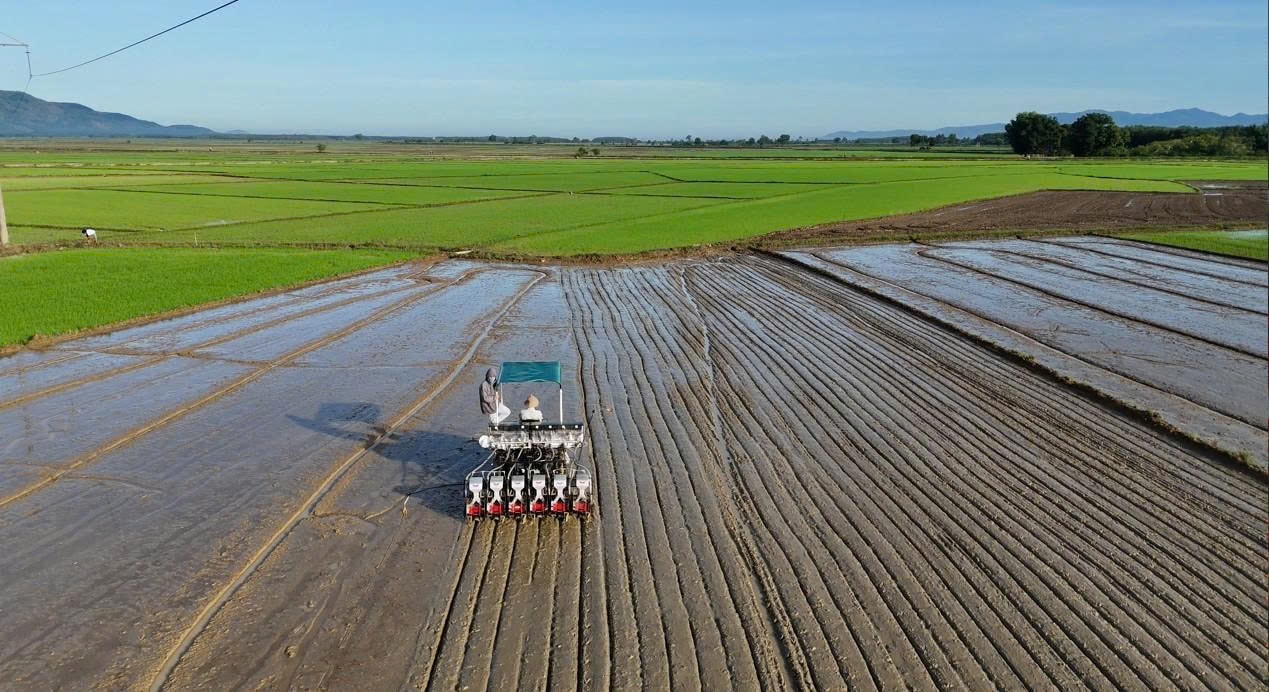
The 2024 crop season marks an important turning point for Bac Binh commune when it first implemented the model of "smart rice cultivation to reduce emissions", combining synchronous mechanization in production.
The model has the participation of 11 Cham farming households, cultivating an area of 3.4 hectares, including Mr. Van Hong Xuan's family, one of the pioneering households applying the process of "1 must, 6 reductions".
Specifically: 1 must be to use certified rice varieties; 6 reductions include reducing the amount of seeds sown, reducing fertilizers, reducing pesticides, reducing irrigation water, reducing post-harvest losses and reducing carbon emissions.
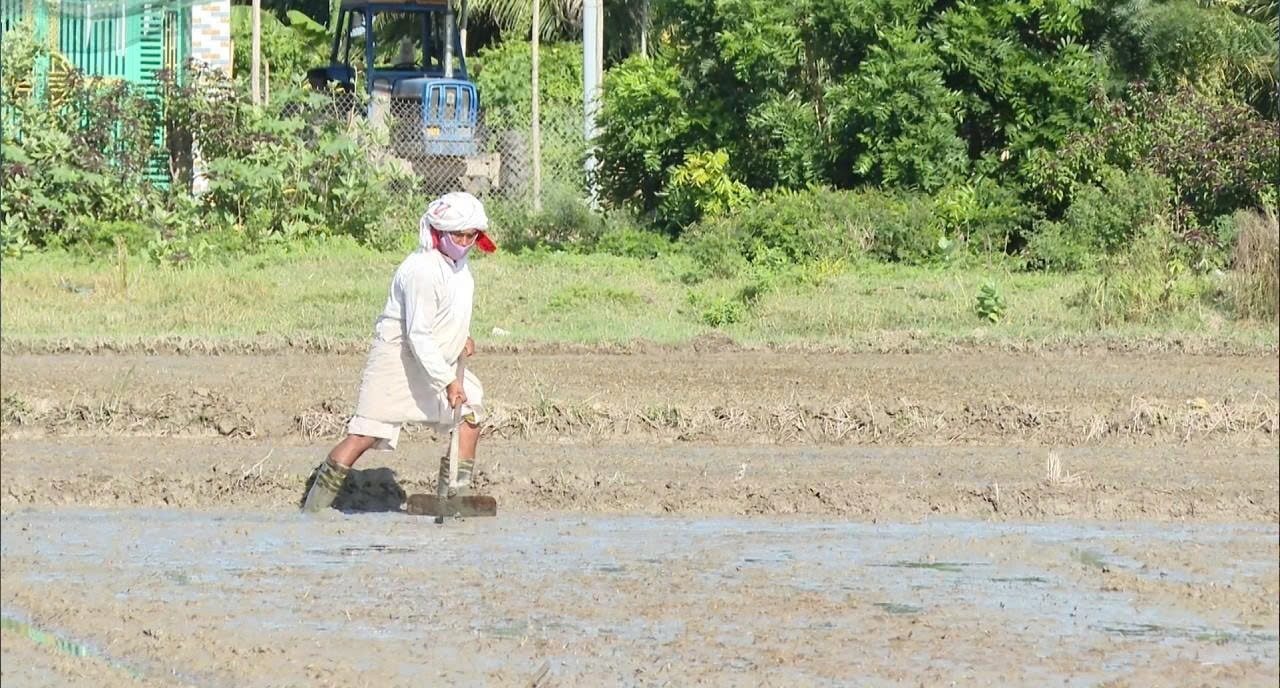
By applying the "alternating flooding and drying" technique (5 wet times, 5 dry times) and a satellite water level monitoring system, the model has helped reduce production costs by 5%, while increasing rice productivity and quality, bringing profits up to 30% higher than traditional farming methods.
Notably, in just the first crop, 3.4 hectares of rice fields helped reduce 12.11 tons of carbon dioxide, equivalent to 3.6 tons/ha. The reduced emissions were converted into carbon credits, helping farmers earn nearly 2 million VND/ha.
What is carbon credit?
A carbon credit is a tradable certificate representing the right to emit a specified amount of CO2 or another greenhouse gas equivalent. One credit is equivalent to 1 tonne of CO2 or 1 tonne of CO2 equivalent.
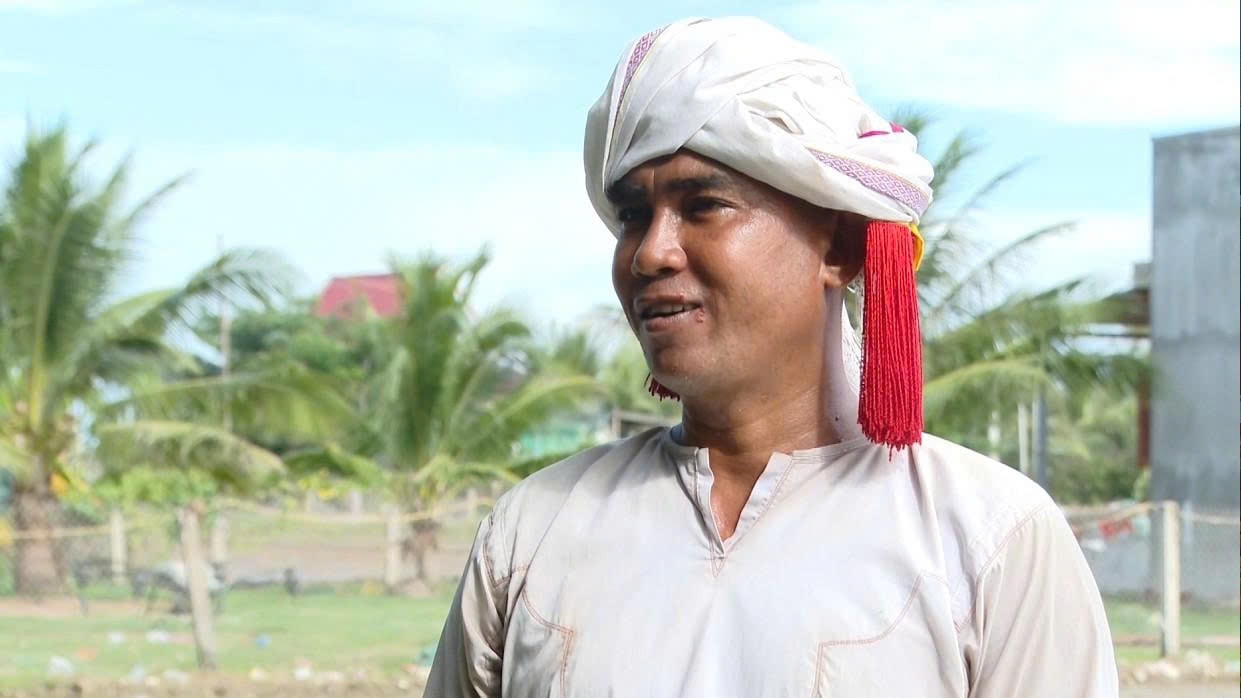
Based on practical results, the model will be expanded to more than 13 hectares with 20 participating households. At the same time, the Provincial Agricultural Extension Center will also expand to an additional 40 hectares in key rice growing localities in the province.
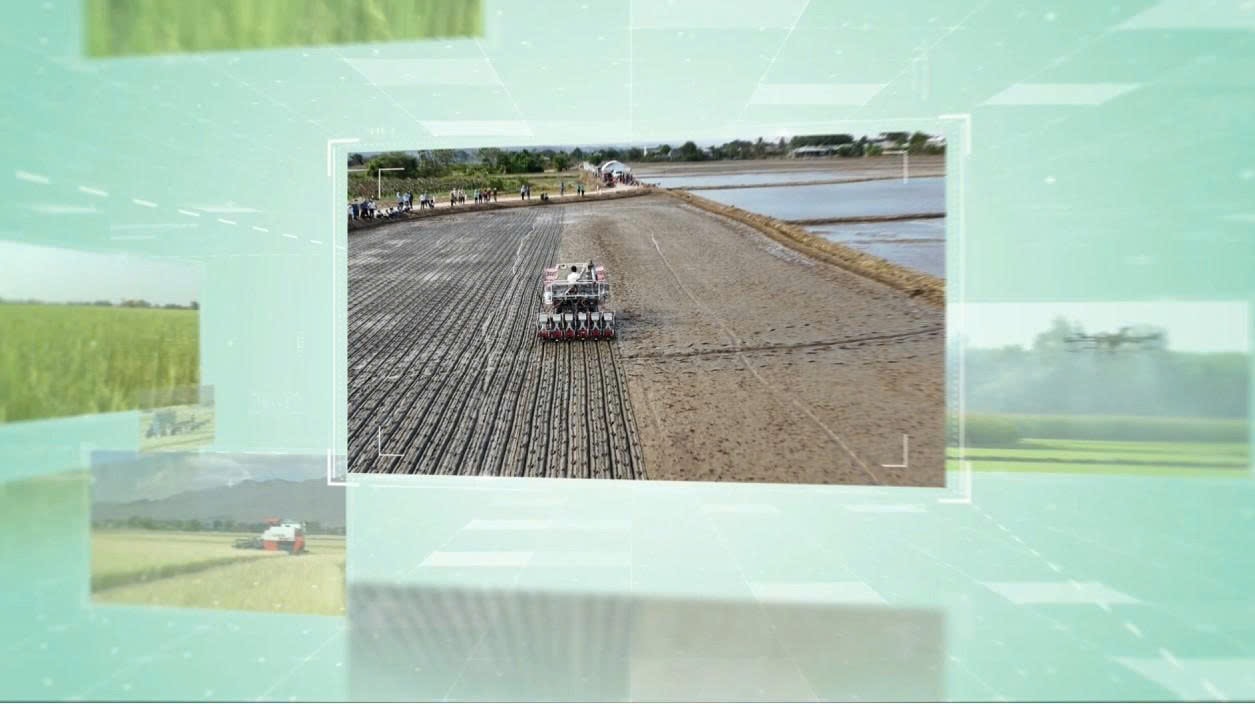
Currently, the Southeast of the province has about 350 hectares of rice certified by VietGAP or equivalent, and more than 4,600 hectares of organic farming. In the coming time, this area will continue to develop high-quality commercial rice areas, gradually forming a value chain of specialty rice with local brands, with profits increasing by 10-15% compared to conventional farming.
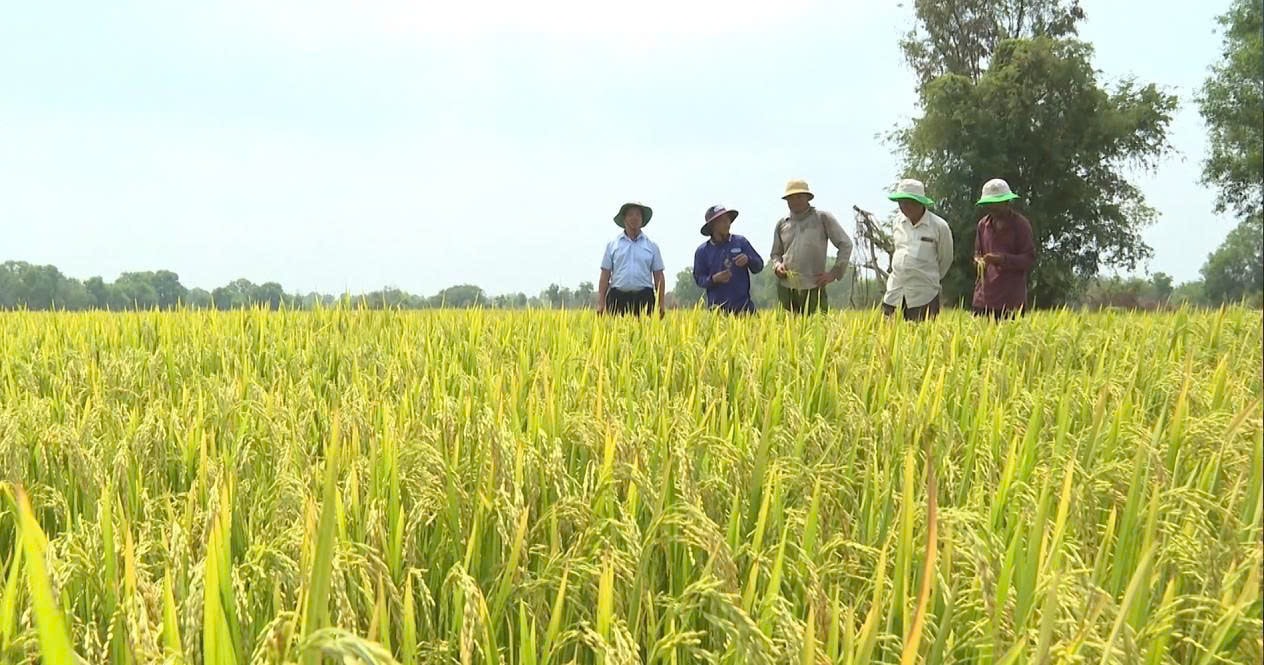
Led lights on dragon fruit garden
Along with rice, dragon fruit is a key crop and is considered a “poverty alleviation tree” of Lam Dong, with more than 27,800 hectares and an output of nearly 600,000 tons/year. However, lighting to stimulate off-season flowering, an important step in production, consumes a huge amount of electricity, causing significant carbon emissions.
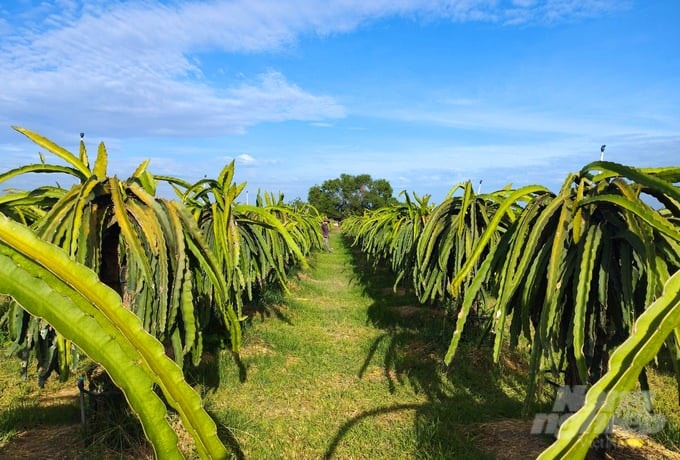
Previously, to light 1,000 dragon fruit pillars, farmers had to consume 8,500–9,000 kWh of electricity, equivalent to 17–19 million VND in electricity bills. Switching to compact lamps helps reduce about 1/3 of electricity consumption.
However, the outstanding efficiency was only truly achieved when the United Nations Development Programme (UNDP) supported the deployment of 9W LED lights through the project "Promoting private participation in low-carbon investment and climate change response in agriculture ". Thanks to the use of LED lights, each hectare of dragon fruit only consumes about 1,300 kWh of electricity, a 55% reduction compared to compact lamps, helping farmers save costs and significantly reduce carbon emissions into the environment.
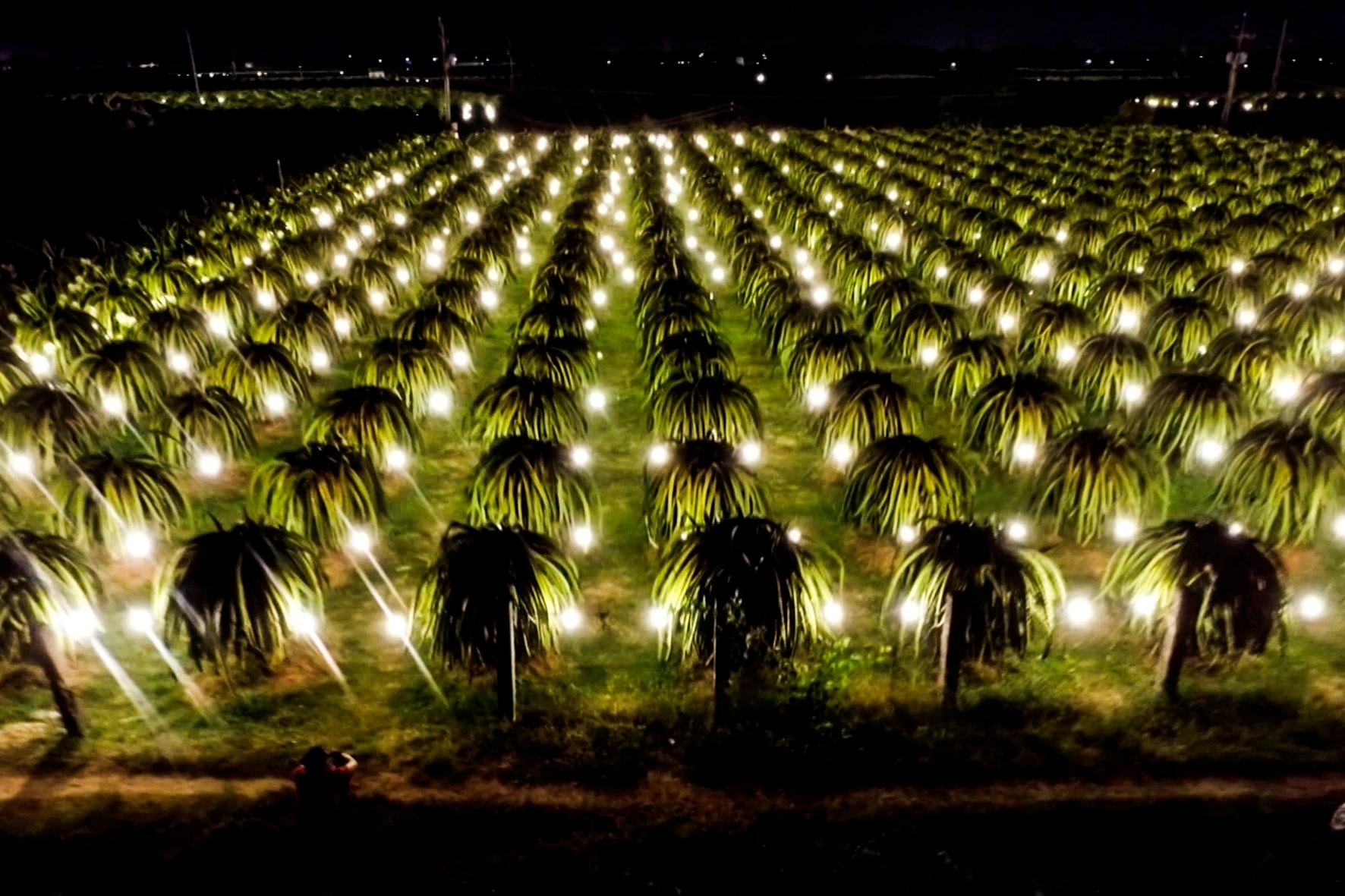
Producing dragon fruit in a green and emission-reducing direction not only helps the tree grow stably but also expands export opportunities to demanding markets such as Japan, Korea and Europe.
Ms. Le Phuong Chi, Director of Ham Thuan Nam Dragon Fruit Cooperative
This is an important step in the transformation of clean energy use for agriculture, both reducing pressure on the power system and affirming the image of Lam Dong dragon fruit as a green, environmentally friendly agricultural product.
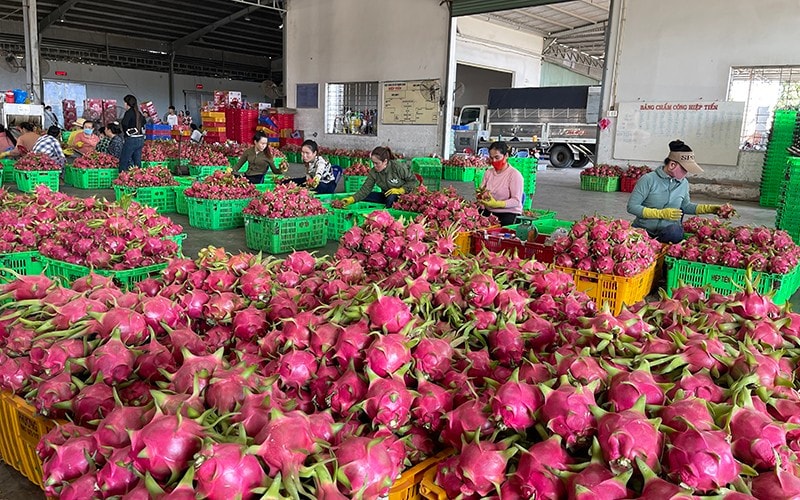
According to scientists, climate change is evolving in a complex manner, threatening sustainable development and directly affecting human life. One of the main causes is emissions from agricultural production, due to the high use of fertilizers, energy and pesticides.
These activities generate greenhouse gases, contributing to global warming. Switching to energy-efficient LED bulbs has significantly reduced emissions while also increasing the value of agricultural products, opening up greater export opportunities for farmers.
It can be said that, from the model of "1 must, 6 reductions" in rice cultivation to the application of energy-saving LED lights in dragon fruit production, Lam Dong is proving that: reducing emissions can still increase productivity, increase profits and enhance the brand of agricultural products.
Today's "footprintless fields" and "green dragon fruit gardens" are symbols of smart - green - low-emission agriculture, opening the way for sustainable, modern and integrated development for Lam Dong farmers, as well as for Vietnamese agriculture in the future.
Source: https://baolamdong.vn/giam-phat-thai-cac-bon-trong-nong-nghiep-huong-di-xanh-cho-nong-nghiep-lam-dong-395774.html


![[Photo] Conference of the Government Party Committee Standing Committee and the National Assembly Party Committee Standing Committee on the 10th Session, 15th National Assembly](https://vphoto.vietnam.vn/thumb/1200x675/vietnam/resource/IMAGE/2025/10/15/1760543205375_dsc-7128-jpg.webp)
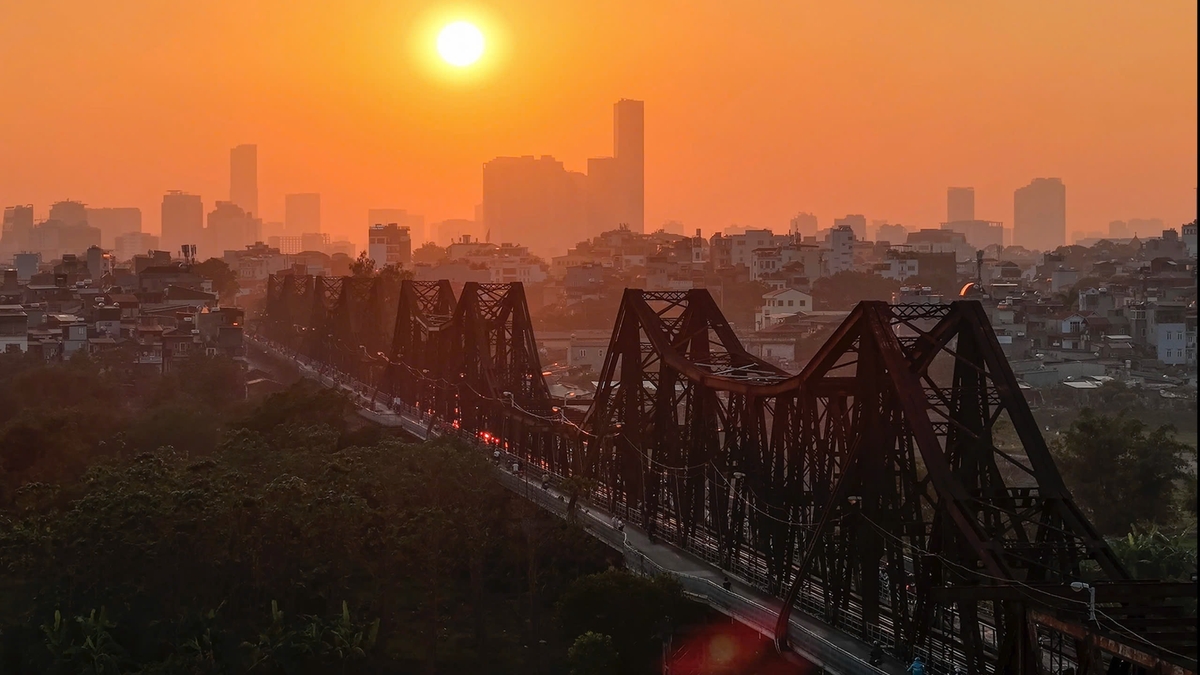

![[Photo] The 18th Hanoi Party Congress held a preparatory session.](https://vphoto.vietnam.vn/thumb/1200x675/vietnam/resource/IMAGE/2025/10/15/1760521600666_ndo_br_img-0801-jpg.webp)
![[Photo] Many dykes in Bac Ninh were eroded after the circulation of storm No. 11](https://vphoto.vietnam.vn/thumb/1200x675/vietnam/resource/IMAGE/2025/10/15/1760537802647_1-7384-jpg.webp)

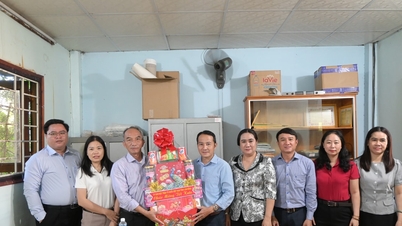
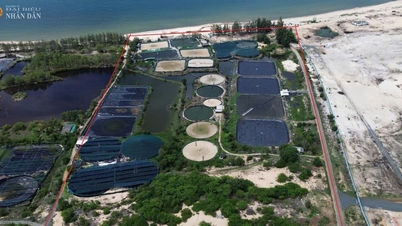

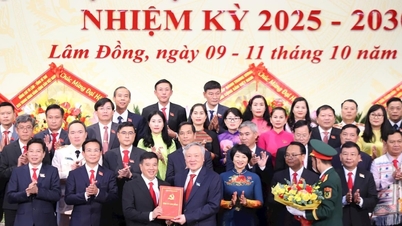
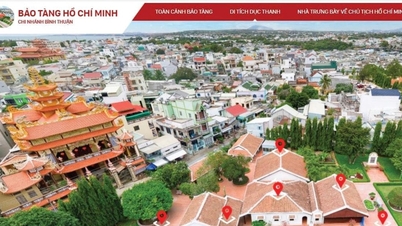
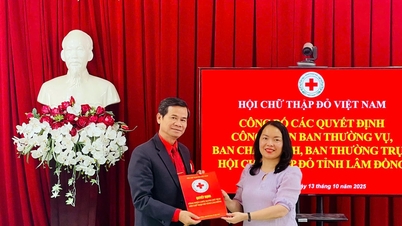


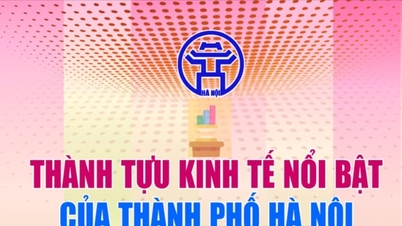

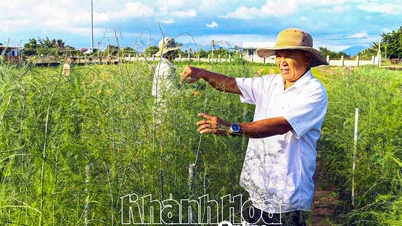

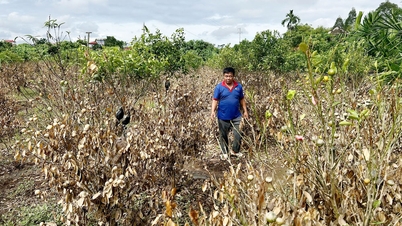

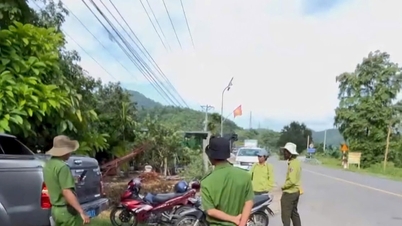


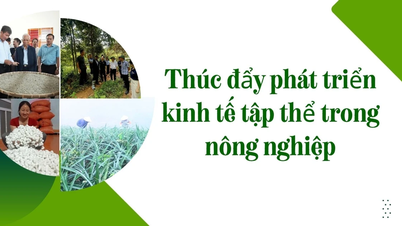






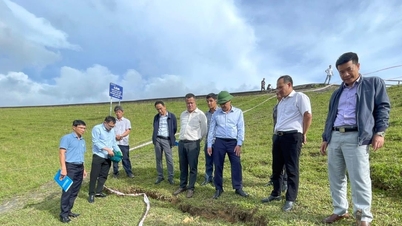
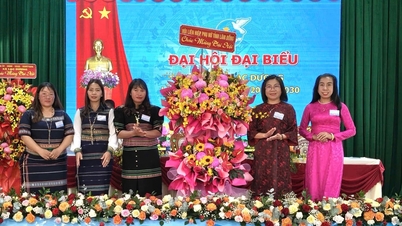
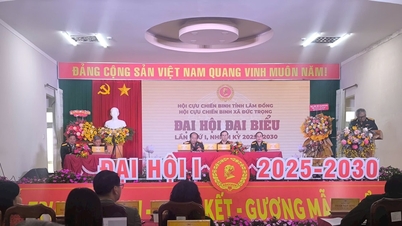
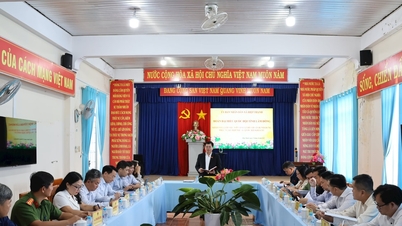
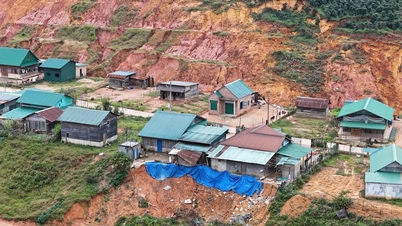



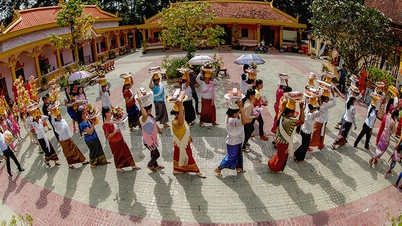

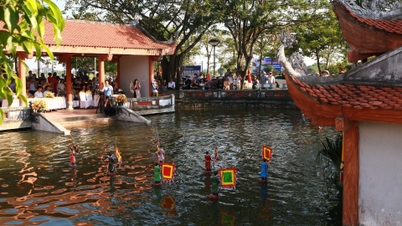

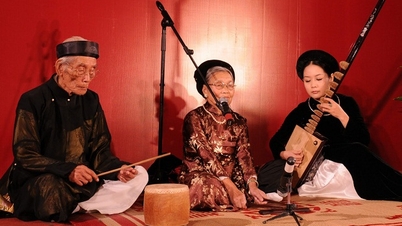



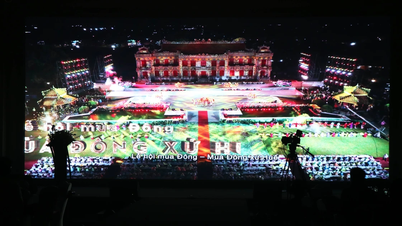
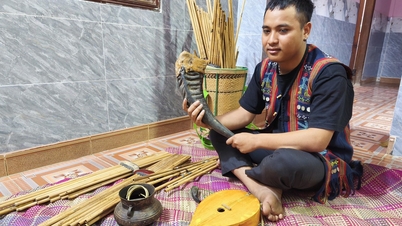

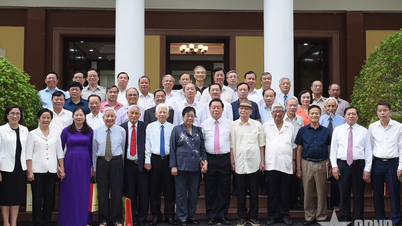

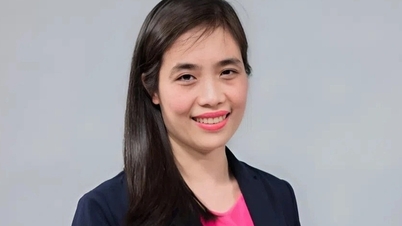


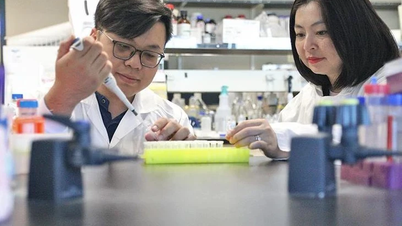

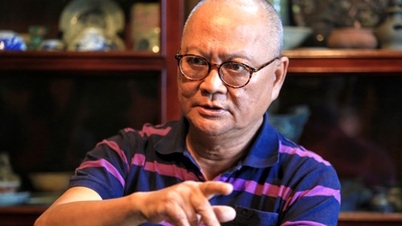
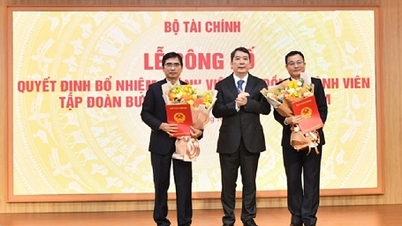

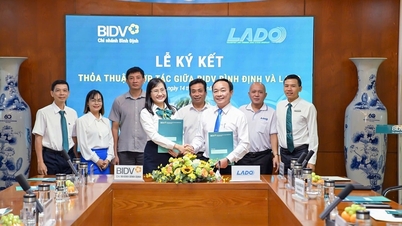

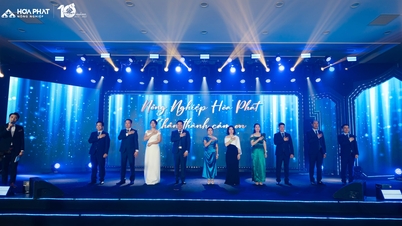

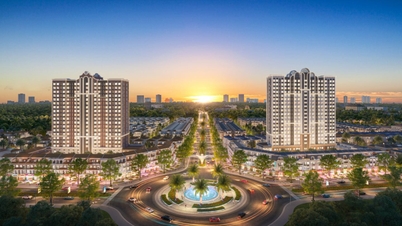







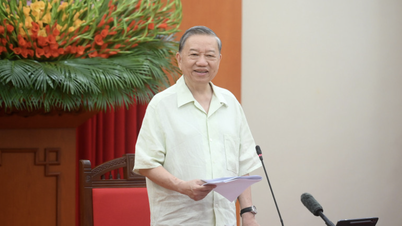
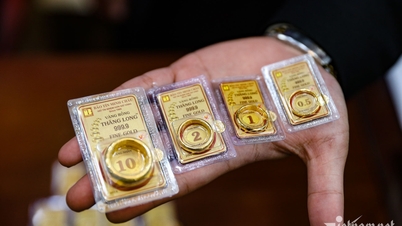

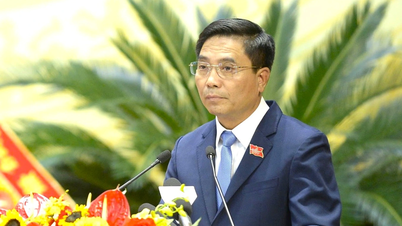
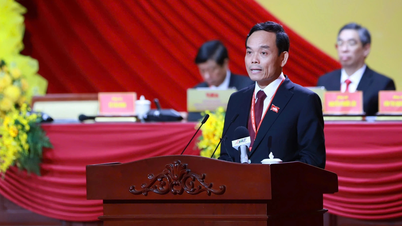
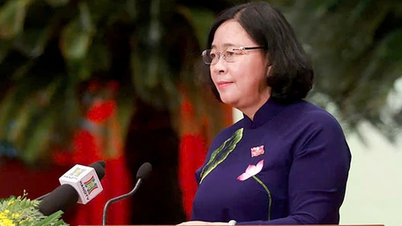

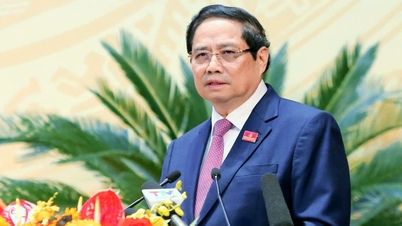
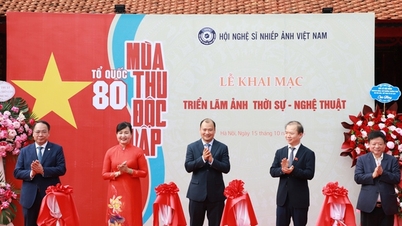

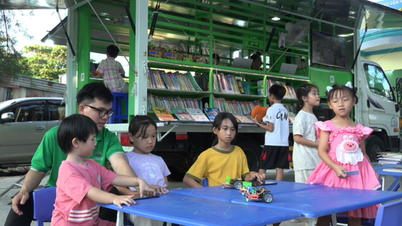
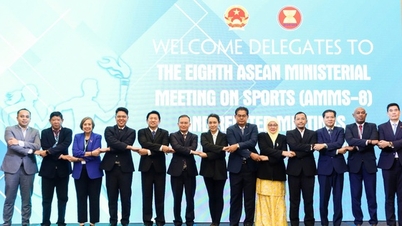
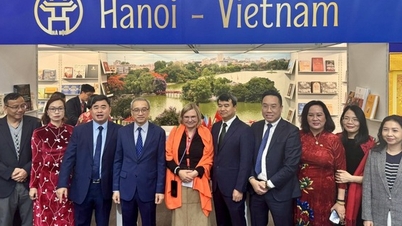



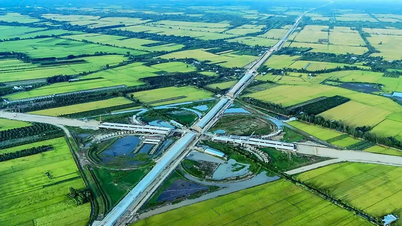

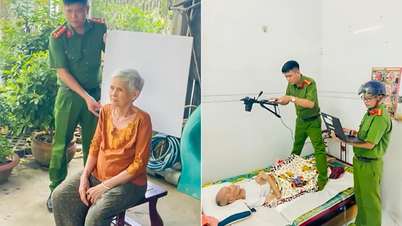
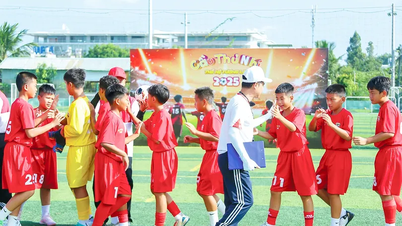
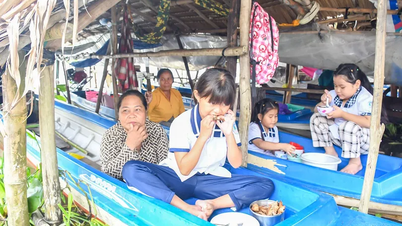
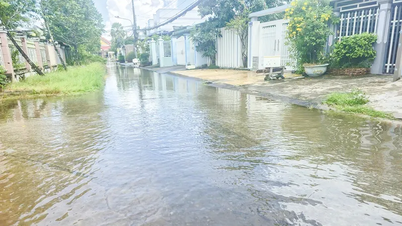















Comment (0)